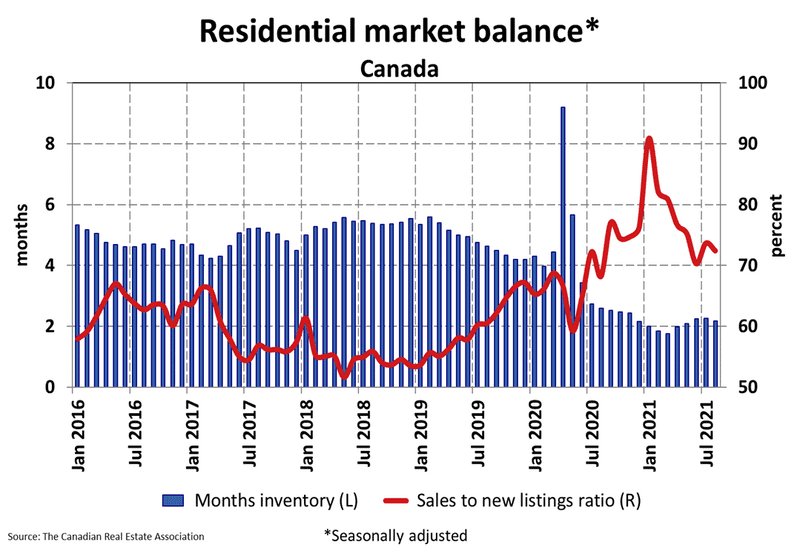The Latest in Mortgage News: Ontario Teachers’ Pension Plan to Buy HomeEquity Bank
The Ontario Teachers’ Pension Plan Board has taken a major investment stake in Canada’s rapidly growing reverse mortgage market with its acquisition of HomeEquity Bank.
Ontario Teachers’, the largest single-profession pension plan in Canada with over $227 billion in assets, announced Wednesday it has entered into an agreement to purchase Birch Hills Equity Partners Management, parent company of HomeEquity Bank.
HomeEquity Bank is Canada’s largest reverse mortgage lender with a 30-year history of helping Canadians access the equity in their homes.
“HomeEquity Bank is an excellent fit for our growing portfolio of leading financial services firms,” Karen Frank, Senior Managing Director of Equities at Ontario Teachers’, said in a release. “We believe the company has a high-quality management team, a solid value proposition for consumers and room to grow their business given Canada’s aging population as well as the increased attractiveness of staying in your own home as you age.”
HomeEquity, like its key competitor Equitable Bank, has enjoyed strong growth in recent years as more seniors rely on rising home valuations to support them in their retirement years. In 2020, HomeEquity completed a record $830 million in reverse mortgage originations, marking a 39% increase over the previous three years.
As of June 2021, the bank had more than $5 billion of reverse mortgages under administration.
“This record-setting growth demonstrates the appetite for reverse mortgage products is growing as millions of homeowners 55 and older are recognizing the tremendous value and flexibility they provide,” Steven Ranson President and CEO of HomeEquity Bank, said in a statement this summer.
The bank’s research found more than a quarter of homeowners 55-plus would consider tapping into their home’s equity to help fund their retirement. As a result, the reverse mortgage market in Canada is expected to grow by another $1 billion in 2021 alone.
There will be no immediate impact on day-to-day operations through the transition, and no changes to the bank’s existing relationships or contracts, said Yvonne Ziomecki, EVP and Chief Marketing Officer at HomeEquity Bank.
“Ontario Teachers’ has a long history of investing in successful financial services businesses in Canada and internationally and we look forward to supporting HomeEquity Bank during its next stage of growth,” Frank added.
BMO, National Bank Lower 5-year Fixed Rates
BMO and National Bank of Canada are the latest of the Big 6 banks to cut mortgage rates.
The moves follow last week’s rate cuts announced by RBC, TD, CIBC and HSBC.
According to data from RateSpy.com, BMO has cut its uninsured 5-year fixed rate by 25 basis points to 2.19%, and its 5-year fixed insured (high ratio) rate by 35 bps to 1.99%.
National Bank of Canada, meanwhile, dropped its uninsured 5-year fixed special-offer rate by 5 bps to 2.39%.
Of the Big 6 banks, TD currently is currently advertising the lowest 5-year insured fixed rate at 1.89%.
Elevated Inflation Could Persist Up to Two Years: BMO Economics
Upward pressure from wages, along with home, food and energy prices, could keep Canada’s inflation rate elevated at 3% over the next two years, according to analysis from BMO Economics.
The first stage of inflation, the “extreme base effects and the reopening bounces,” were like the “booster rocket that is now falling away,” wrote Douglas Porter, BMO’s Chief Economist.
However, “the potential second-stage rockets are all staring us in the face,” he added.
Those more lingering effects could come from three sources, Porter explained:
- Wage pressure: 41% of small businesses are reporting rising wages with 28% saying quality of labour is their biggest issue.
- High home prices: home prices take 12 to 18 months to start impacting the Consumer Price Index, and account for nearly one-quarter of the index.
- Strength of energy and food prices: this is partly being impacted by extreme weather.
“…if you are looking for soothing words on inflation, probably best not to approach us—similar to the U.S., our calls are at the high end of consensus, with headline Canadian CPI to average roughly 3% this year and next,” Porter wrote. “Canada has not seen a single year with an average inflation rate of 3% or higher since 1991, let alone two years in succession.”









